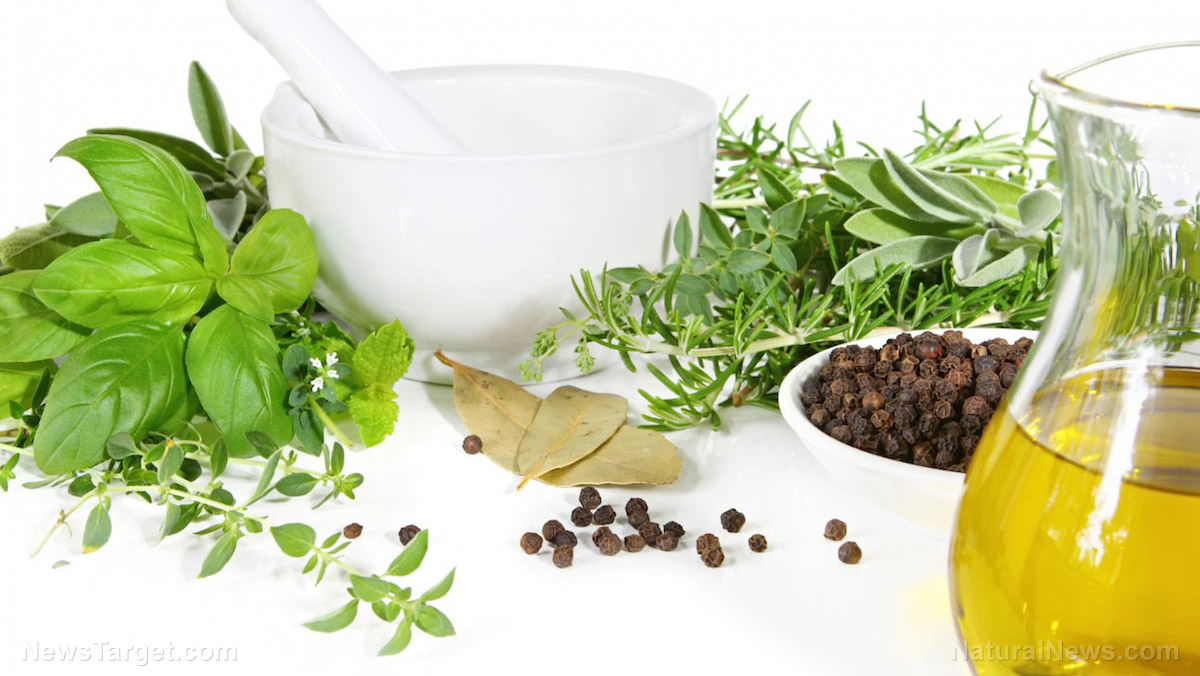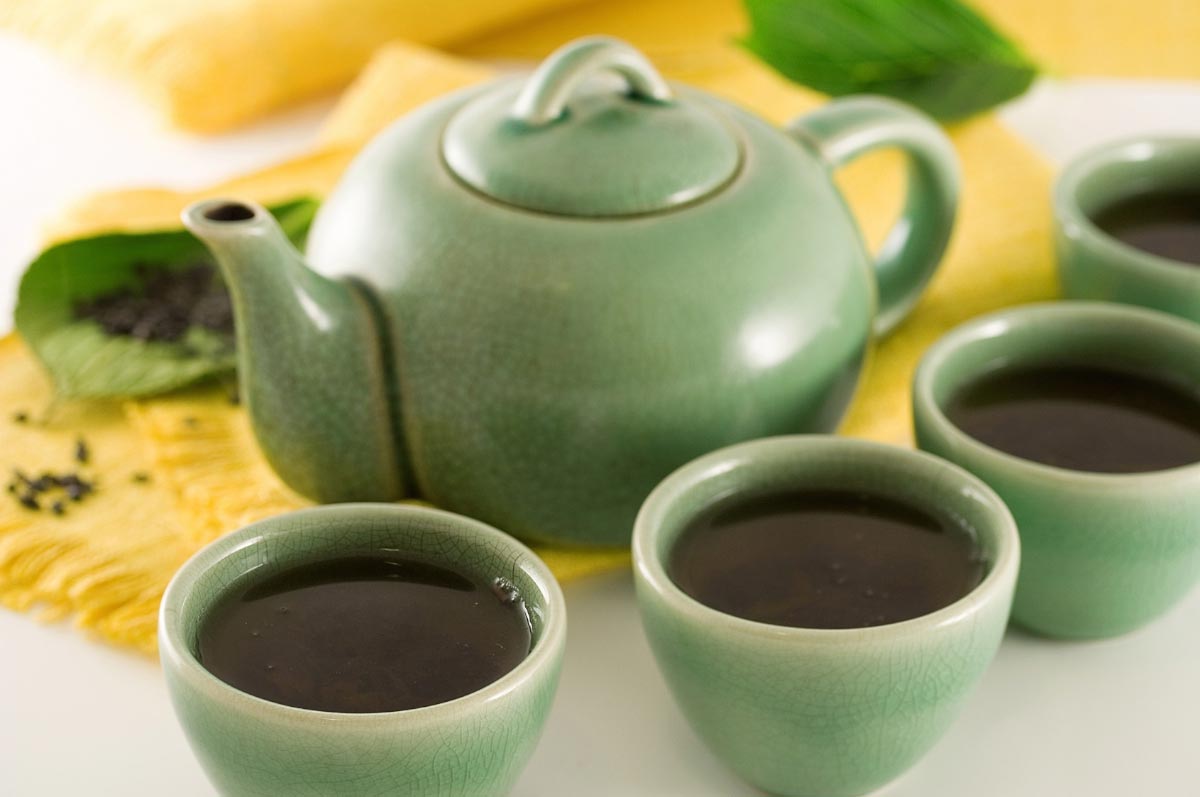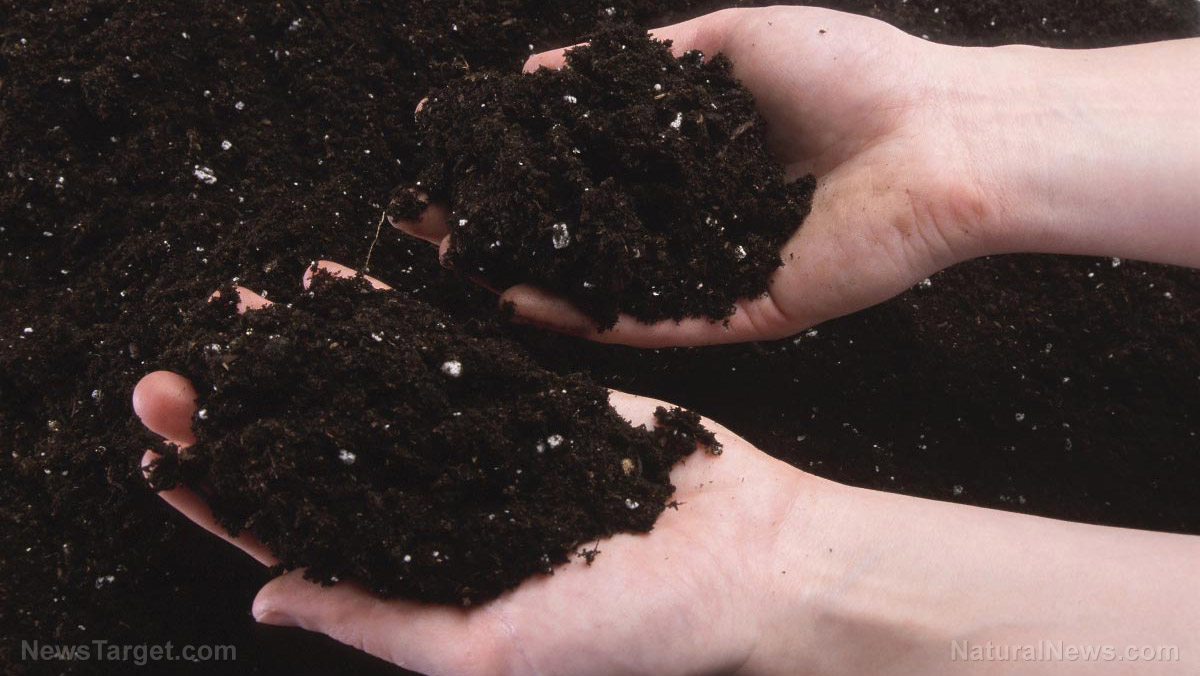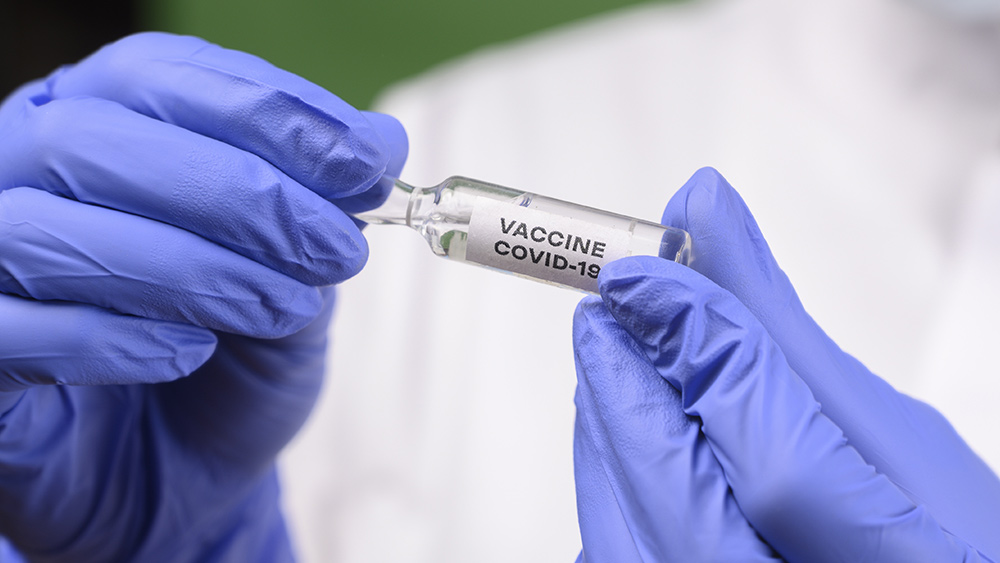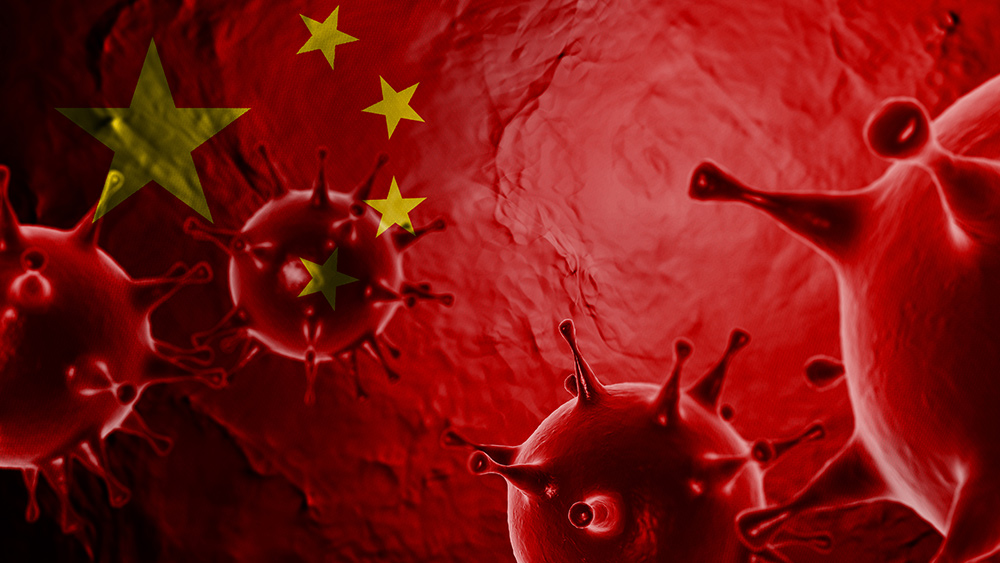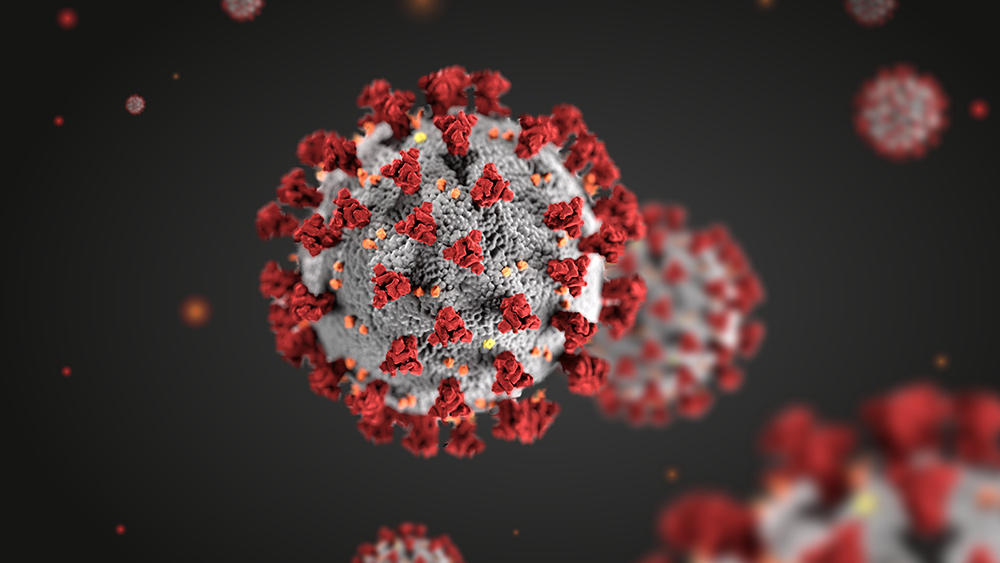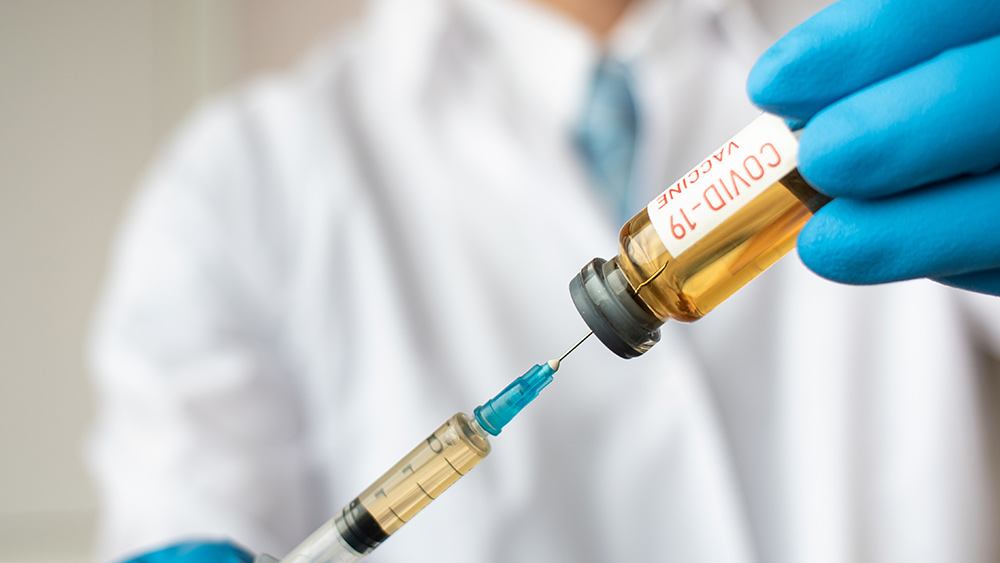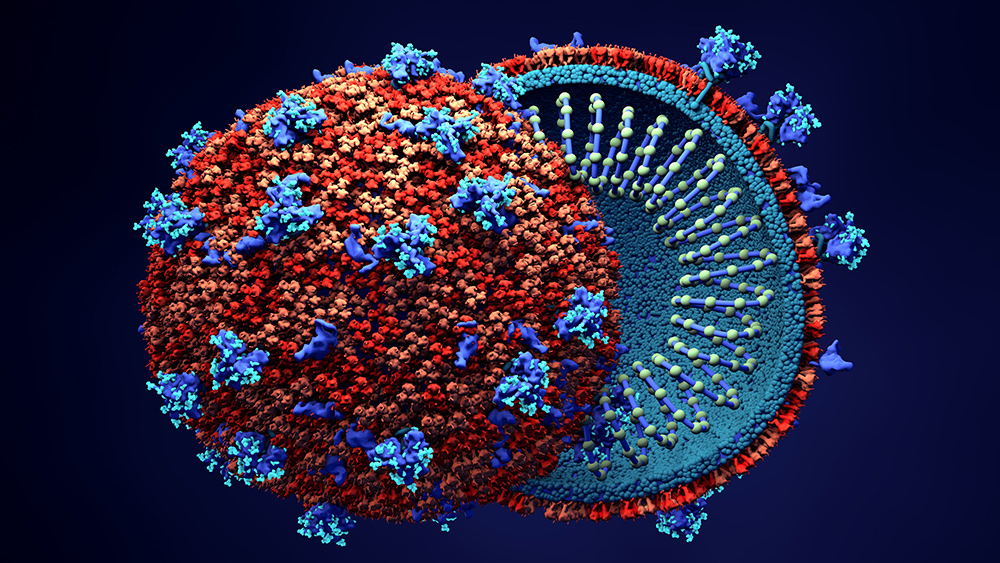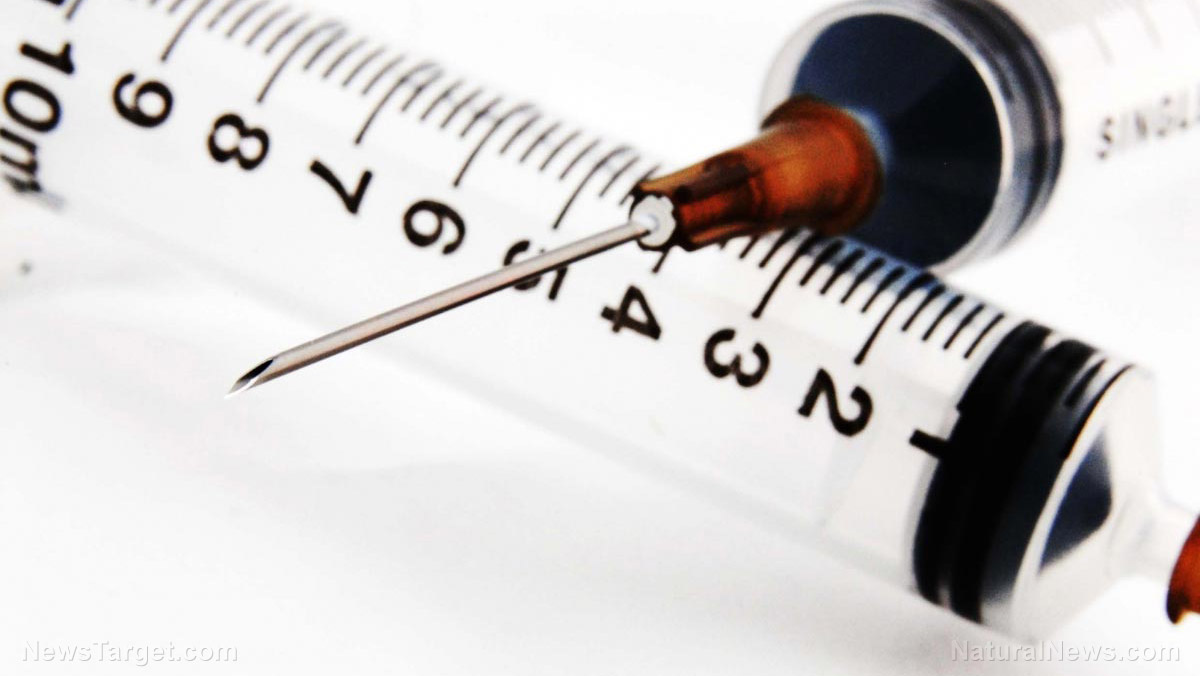This antioxidant-rich Dillenia species can be used to treat oxidative stress-related diseases
07/09/2020 / By Evangelyn Rodriguez
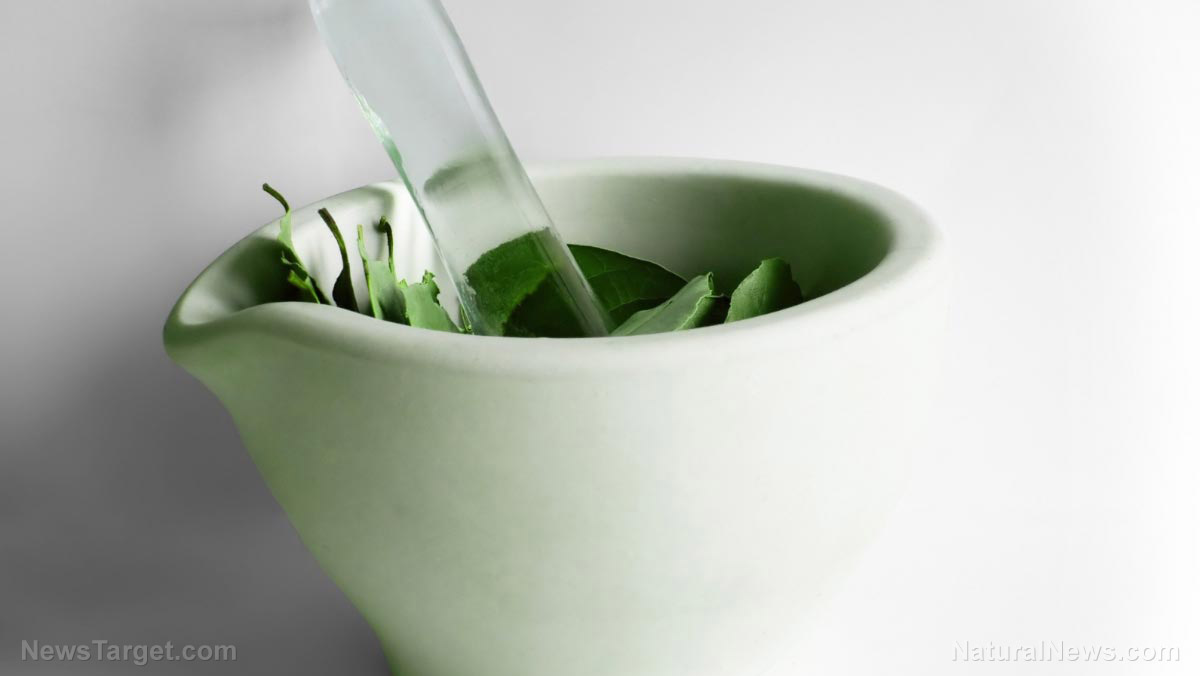
Oxidative stress is a common term used to describe an imbalance between the production of free radicals — unstable molecules associated with cell damage and premature aging — and the body’s ability to neutralize them through antioxidants. The damage to biomolecules (e.g., lipids, protein and DNA) caused by oxidative stress has been linked to the development of many chronic diseases, such as diabetes, cancer, cardiovascular disease and neurodegenerative diseases.
Because of this association, oxidative stress has been identified as one of the major targets of disease prevention strategies. In a recent study, researchers from India evaluated the antioxidant potential of Dillenia bracteata, a plant traditionally used in Siddha medicine, and its effectiveness as treatment for oxidative stress-related diseases. They reported their findings in an article published in the International Journal of Green Pharmacy.
D. bracteata is a rich source of antioxidants
Antioxidants are compounds that neutralize the effects of free radicals, which cause oxidative stress. While the body naturally produces antioxidants, it needs to be supplemented with antioxidants from a variety of foods. These include plant-based sources like fruits and vegetables, as well as medicinal plants like D. bracteata.
D. bracteata, also known by its local name kattupunna, has long been used in Siddha medicine. Siddha medicine is a traditional system of healing that dates back to 10,000 or 4,000 B.C. Considered one of the oldest systems of medicine in India, records link its origin to the ancient Tamil land and the original inhabitants of the Indus valley.
Siddha medicine involves various therapeutic treatments, such as purgative therapy, fasting therapy, physical therapy and yoga therapy. It is described as a combination of spiritual disciplines and ancient medicinal practices, such as the use of animal and herbal products.
For their study, the researchers obtained ethanolic extracts from kattupunna, which they screened for their total phenolic and flavonoid content. They also evaluated the antioxidant activities of the extracts using various in vitro assays.
The researchers reported that the kattupunna ethanol extracts contain glycosides, carbohydrates, triterpenoids, proteins, amino acids, gums, mucilages and flavonoids. Their total phenolic and flavonoid contents were 168.67 mg gallic acid equivalent (GAE)/g dry extract and 61.67 mg quercetin equivalent (QE)/g dry extract, respectively.
In the DPPH antioxidant assay, the kattupunna extract showed a percentage of inhibition of 74 percent at 500 mcg/mL, while ascorbic acid, the reference, showed a percentage of inhibition of 83 percent.
At the same concentration, the extract also showed a hydroxyl radical scavenging activity of 67 percent, while ascorbic acid showed 74 percent hydroxyl radical scavenging activity. The kattupunna extract’s nitric oxide radical scavenging activity also reached 69.21 percent, while ascorbic acid’s reached 84.01 percent.
At 1,000 mcg/mL, the superoxide radical scavenging activity of EEDB was found to be 87 percent, while ascorbic acid’s was 89 percent. Meanwhile in the FRAP assay, the extract’s antioxidant potential increased with increasing concentration.
Based on these findings, the researchers concluded that D. bracteata leaves, owing to their abundance in antioxidant phenols and flavonoids, can be used for the treatment of oxidative stress-related diseases.
Dietary sources of antioxidants
Today, antioxidants from plant-based foods are commonly used as health supplements and are sometimes even used in clinical practice to treat stroke and other chronic diseases, such as Alzheimer’s disease and heart disease. Due to their ability to eliminate free radicals from the body, antioxidants are also used to improve overall health and prevent serious diseases like cancer.
Here are the top 20 antioxidant-rich foods identified by the U.S. Department of Agriculture:
- Small red beans
- Wild blueberries
- Red kidney beans
- Pinto beans
- Cultivated blueberries
- Cranberries
- Artichokes
- Blackberries
- Prunes
- Raspberries
- Strawberries
- Red apples
- Granny Smith apples
- Pecans
- Sweet cherries
- Black plums
- Russet potatoes
- Blackbeans
- Plums
- Dark leafy greens
Antioxidants are not just important for protecting your cells from disease-causing oxidative damage, they also boost your body’s immunity. To improve your overall health, prevent diseases and increase your lifespan, switch to a well-balanced diet that’s rich in antioxidant foods like fruits, vegetables, nuts, seeds and whole grains.
Sources include:
Tagged Under: alternative medicine, antioxidants, Dillenia bracteata, disease treatments, functional food, natural cures, natural medicine, oxidative stress, phytonutrients, plant medicine, prevention, remedies, research

